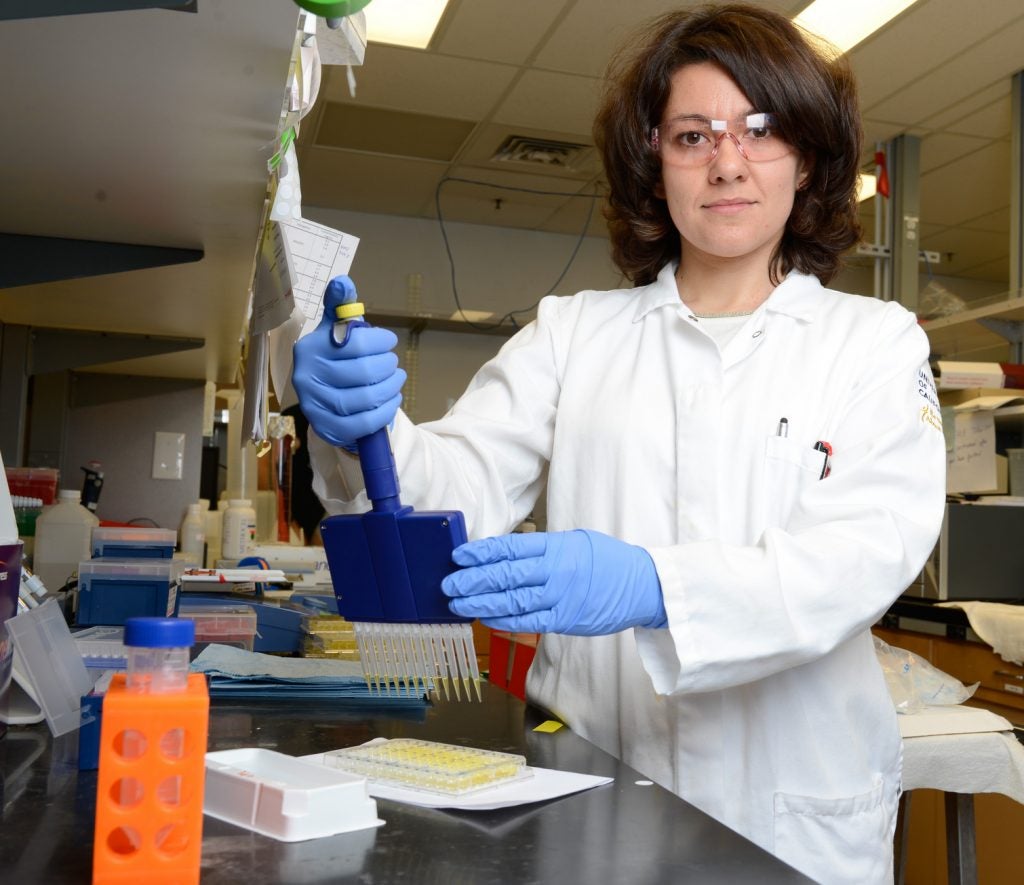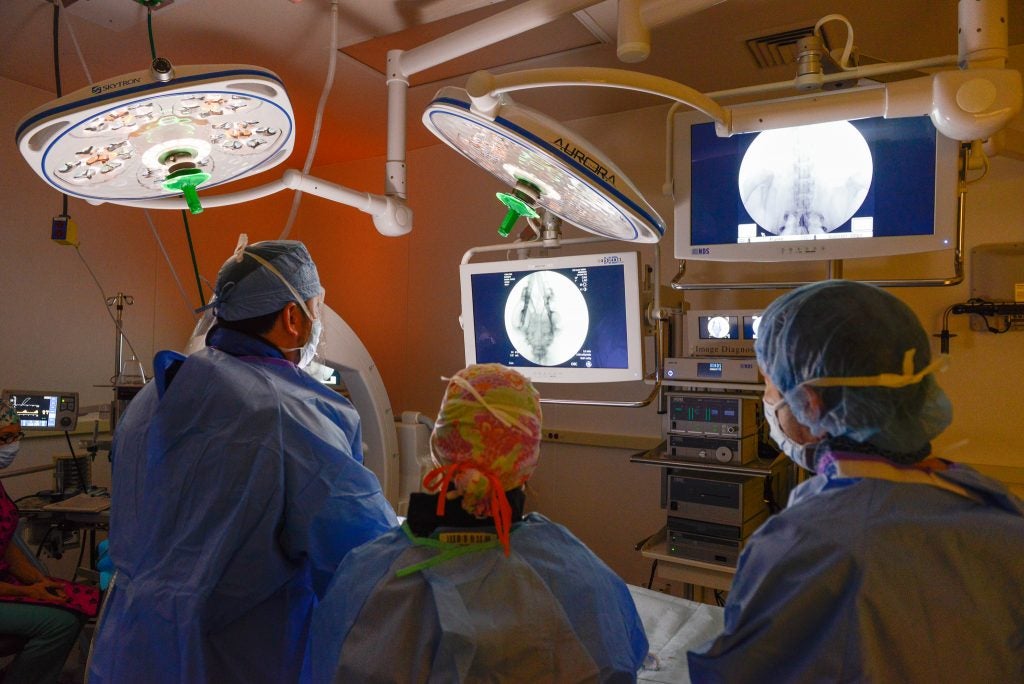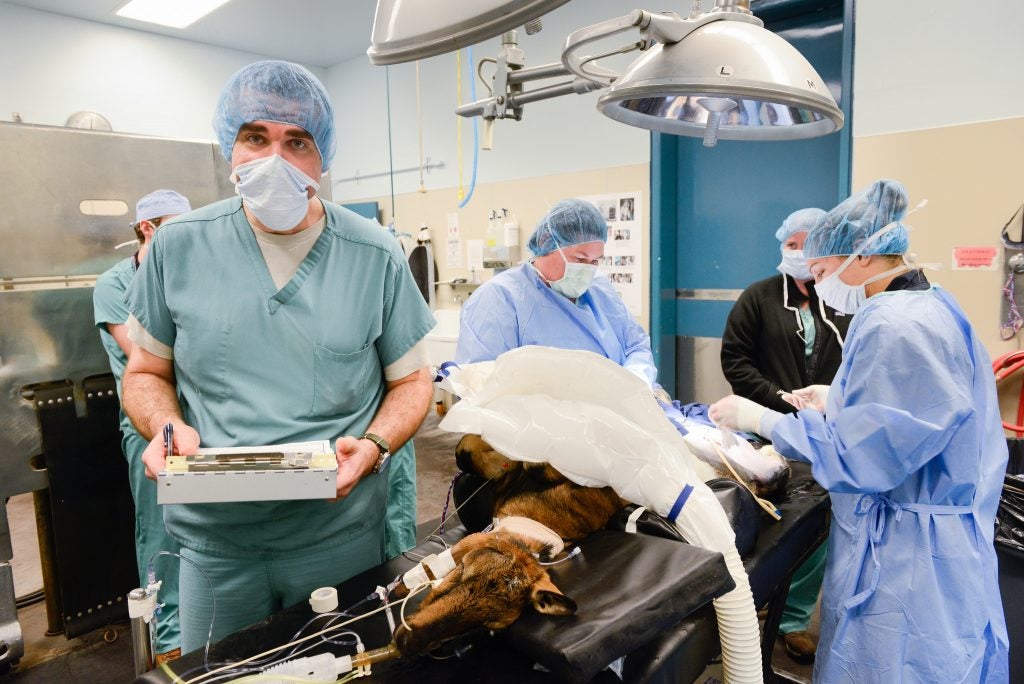“Without change there is no innovation, creativity, or incentive for improvement. Those who initiate change will have a better opportunity to manage the change that is inevitable.” – William Pollard
 We all marvel at those among us that are creative in their approach to life and work. Through the vision of those who innovate, we see creativity put into action—in some cases changing the world. In our society, we celebrate pioneering changes that improve the health and well-being of animals, people, and our environment. Throughout our school’s history, we have always embraced new ideas, cutting-edge treatments, and novel discoveries that bring about positive changes in veterinary medicine and biomedical or agricultural sciences.
We all marvel at those among us that are creative in their approach to life and work. Through the vision of those who innovate, we see creativity put into action—in some cases changing the world. In our society, we celebrate pioneering changes that improve the health and well-being of animals, people, and our environment. Throughout our school’s history, we have always embraced new ideas, cutting-edge treatments, and novel discoveries that bring about positive changes in veterinary medicine and biomedical or agricultural sciences.
Our faculty, staff, and students are eager to explore new ways to educate themselves and those they teach, through educational initiatives that embrace unique technologies to expand our intellectual horizons. This thirst for implementation of new ideas is a founding principle that allows us to maintain our global leadership position in research, education, and service to our communities.
So how do you encourage or promote innovation and creativity? Forbes magazine suggests that the workplace needs to be “relaxed and flexible” to increase productivity and encourage new ideas. Certainly, most would agree that lowering the barriers to sharing concepts includes an atmosphere that encourages a free flow of new ideas. Idea generation supported by an inventive environment is a starting point of the process of positive change.
 To implement ideas into change requires innovators who seek ways to envision how new concepts are put in motion. Our school helped found the Biomedical and Engineering Entrepreneurship Academy as a premier academic program for commercializing science and engineering innovations—a springboard for moving research out of the lab and into the world. The three-day intensive program integrates lecture, exercises and individual projects to help participants learn to identify, design and validate market opportunities for their research.
To implement ideas into change requires innovators who seek ways to envision how new concepts are put in motion. Our school helped found the Biomedical and Engineering Entrepreneurship Academy as a premier academic program for commercializing science and engineering innovations—a springboard for moving research out of the lab and into the world. The three-day intensive program integrates lecture, exercises and individual projects to help participants learn to identify, design and validate market opportunities for their research.
In helping develop the Academy, we sought to teach participants the tools to communicate the broader potential of their research and share ideas with industry executives and investors. Participants have expanded their networks of professionals to help move their ideas toward reality. We partner with the School of Medicine, Campus Office of Research, Colleges of Engineering and Biological Sciences, and the Graduate School of Management in the Academy and, to date, have offered support to approximately 50 of our faculty, graduate students, post-doctoral scientists, veterinary students, and staff.
This investment is paying off, as demonstrated by increased patent applications, invention reports, and new start-up companies that have originated from the ingenuity of our people. This year, three of our faculty were nominated for the Chancellor Innovation Awards. Dr. Robert Brosnan, a professor in our Department of Veterinary Surgical and Radiological Sciences, represents our faculty who are transforming ideas into revolutionary new discoveries. He collaborated with UC Davis alumnus and veteran entrepreneur Mark Holman to launch Expanesthetics, a promising new company seeking to create better, safer and more cost-effective general anesthetics with fewer side effects for use in operating rooms and surgical centers.
As we embrace our vision to address societal needs, our people and programs are literally translating the future of veterinary and human medicine, as well as breaking new ground with discoveries that are positively changing our world. While it is certain that our world will constantly change, we must continue to seek creative solutions to the problems we face and encourage the innovative spirit in all of us.

